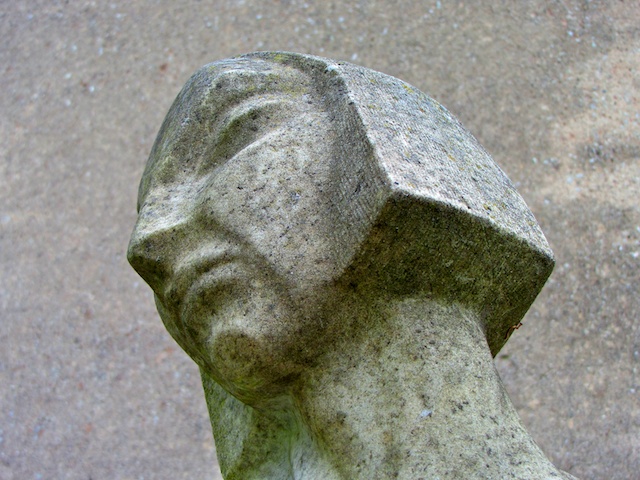I’ve been in love with Apple since 1988 and of course Silicon Valley have had a special glow that could be felt even in my part of the world, but recently I noticed that something has changed in the atmosphere around me. I sense it from Stockholm, Tallinn and even Visby here on Gotland. Young people, mostly young men, talk about start-ups, venture capital and Silicon Valley with a new kind of optimism, enthusiasm and great hope. They send out vibes of positive energy and they almost get high when they think about their coming success and it’s easy to get swept away when you hear them talk.
Linux, Nokia, Skype and Spotify are inspiring examples for young people in my part of the world. I think that is good, we all need good examples that points out that the limitations we have are challenged. I also get very happy when I read that the new, young entreprenuers chooses new way to show their status, with charity project and similar. That is really cool!
But at some point I always get suspicious when ”everyone” runs in the same direction. I started to think of the old gold rush that started in 1849 in California. From the Eye Witness To History:
The New York Herald printed news of the discovery in August 1848 and the rush for gold accelerated into a stampede. Gold seekers traveled overland across the mountains to California (30,000 assembled at launch points along the plains in the spring of 1849) or took the round-about sea routes: either to Panama or around Cape Horn and then up the Pacific coast to San Francisco. A census of San Francisco (then called Yerba Buena) in April 1847 reported the town consisted of 79 buildings including shanties, frames houses and adobes. By December 1849 the population had mushroomed to an estimated 100,000. The massive influx of fortune seekers Americanized the once Mexican province and assured its inclusion as a state in the union.
And when I googled I soon found that I am not alone to compare the development in California with the gold rush, not at all. Read for example The Wall Street Journal:
”I haven’t done any deals” in this year’s first quarter, ”because it’s crazy out there,” says Mike Maples, an early Twitter investor. ”It’s a true California Gold Rush.”
Or the AOL Small Business:
Silicon Valley venture capital numbers continue their rapid ascent in 2011, leading many to buzz about a tech boom and some to murmur about another tech bubble. Venture capital in Silicon Valley rose in 2010, for the first time in three years, to $21.8 billion, from a 12-year low of $18.3 billion in 2009. Those figures increased by another $7 billion in the first quarter of 2011 — a 76 percent increase over the first quarter of 2010.
The young fortune seekers are prepared to work night and day and give everything to reach success. When the gold seekers in the old days had to cross the desert, todays’ gold seekers from my part of the world have to cross the bureaucratic desert filled with a lot of formularies, rules, visas and bank regulations. It seems like it takes a lot just to be able to cross that desert and then they have to find the right investors and then they have to find the right people to work with and then they have to find somewhere to live and an office to work in…
And I guess, just like the gold seekers in the first gold rush got their motivation from rumors and success stories, that goes for the gold seekers of today as well. And, just like the old gold seekers were more keen to tell about the really big lumps of gold than all the hard working days without any trace of gold, the talk of today is about the really big investments and sales.
What about the failures? What about the ideas that never reach a start-up? What about the start-ups that stumbles on their first steps, sneaks out around the corner and never shows up again? Easy come, easy go. I don’t really want to take away the young enthusiasm, but I sometimes sigh when I pick up their super optimistic and somewhat unrealistic vibes. It’s not for everyone to succeed.
In March, Color unveiled its photo-sharing cellphone application — and revealed that it had raised $41 million from investors before the app had a single user. Despite the company’s riches, the app landed with a thud, attracting few users and many complaints from those who did try it.
“It would be pointless even if I managed to understand how it works,” one reviewer wrote in the Apple App Store.
Since then, Color has become a warning sign for investors, entrepreneurs and analysts who fear there is a bubble in start-up investing.
At the same time: Silicon Valley is probably the most interesting tech developing center in the world right now. Of course that has a special attraction when creative minds can meet and change history. And, some of them do succeed. They do.







